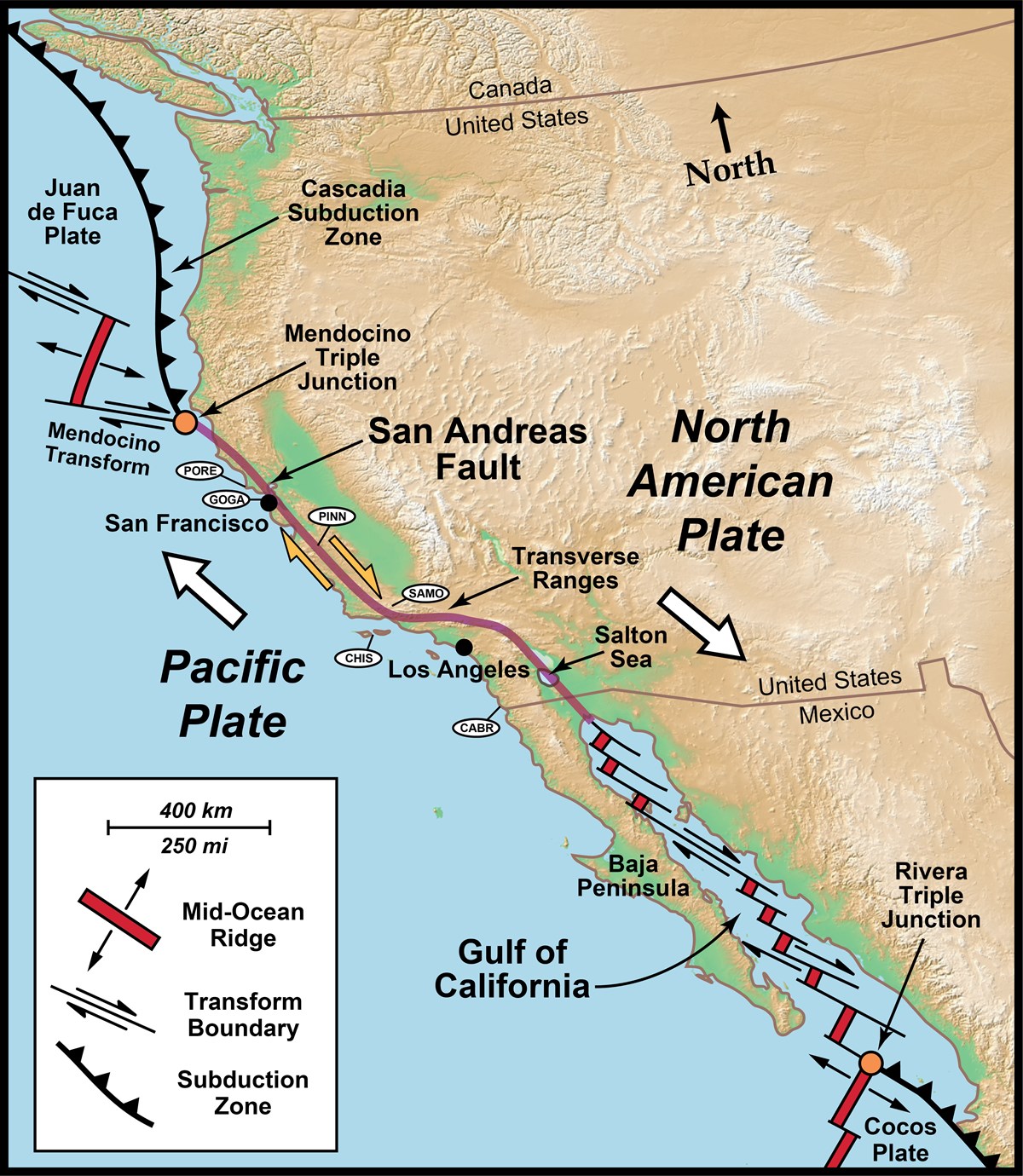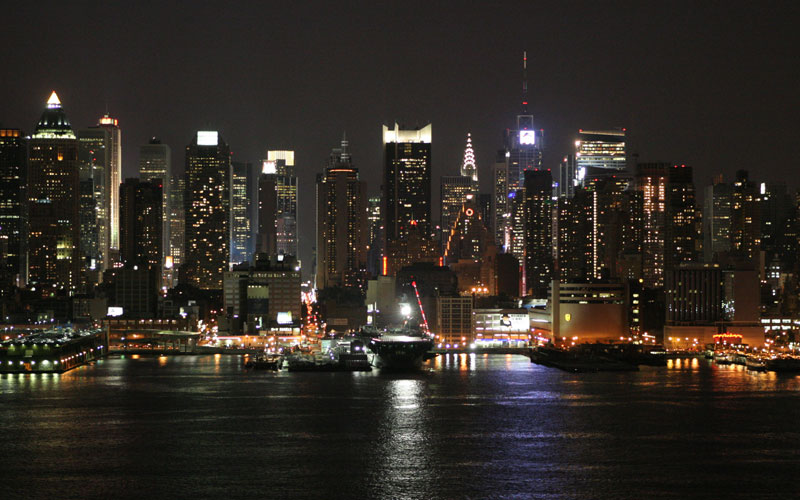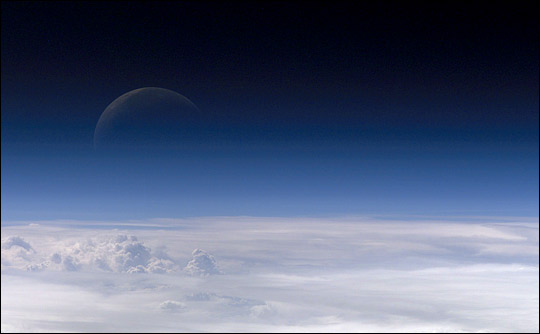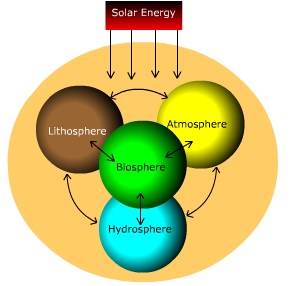...but, why does it move? and what on Earth happens because of the movement?
Well...all of the crust (continental and oceanic combined) is broken into different tectonic plates that move in different ways. Here's a graphic of the major tectonic plates and the direction they move.
Notice in the bottom key the terms subduction zones, divergent boundaries, and plate movement. These will be important to understand in the next section, but you may be able to hypothesize what they mean just by looking at the names and direction of the arrows.
Look at the map again...where in America do you hear the most about earthquakes?
Califorina!
Look along California...right on a plate boundary...not a coincidence, the two (boundaries and earthquakes) go hand in hand.
(Red = Highest Risk of Earthquakes)
Look back at the world map and the mess of plates boundaries around Japan...remember the big earthquake of 2011 that almost led to a nuclear disaster? Generally doesn't happen in places away from plate boundaries.
Take a look here at that movement of the plates (evidenced by the movement of land) from 600 Million Years Ago to the super-continent, called "Pangea," to current day.
We tend to think that the land masses just moved...but it was the entire plates, including both oceanic and continental crust, that changes the landscape.
Why do these plates move? It is NOT the land moving on top of water...it is the crust (land and rock layer underneath the ocean) moving on top of the mantle. There is uneven heat distribution in the mantle...basically cooler and warmer spots. The warm rock moves toward the cooler spots (we'll demonstrate in class) due to convection. That rolling movement of he mantle causes the crust to move in the same direction, causing tectonic plate movement. Here is a great graphic of that movement. We'll get into the terms shown in the picture in the next section.
As you can see, the convection cells, or pockets of heat transfer in the mantle, are moving the two plates in the oceanic crust away from each other, forming a mid-oceanic ridge.
The convection cells in the mantle are responsible for all tectonic plate movement and thus all the events that happen due to the movement.











